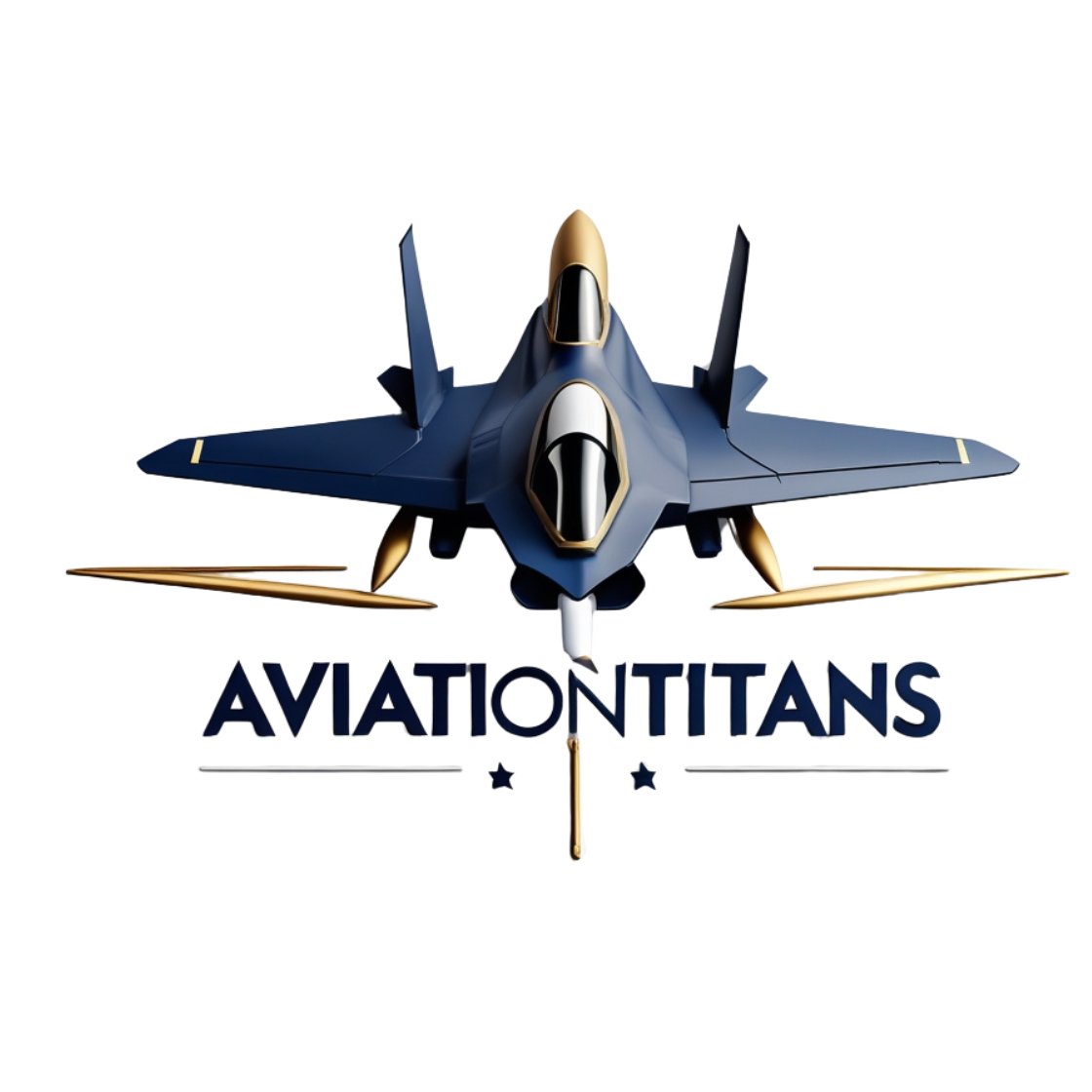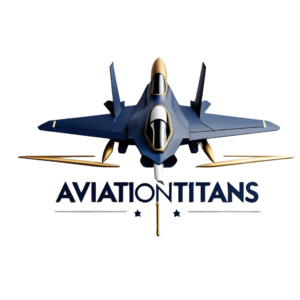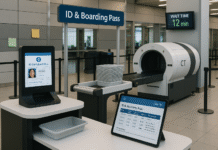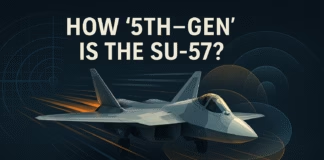I still remember a humid summer afternoon over the Midwest—smooth ride, VNAV humming along, both of us lulled by a tidy FMS path—until ATC tossed us a “descend now, expedite” into gusty shear. My FO clicked off the autopilot, set known pitch–power, and we rode the bumps down on raw data. Nothing dramatic. But that small moment is the point: automation reduces workload…until it doesn’t. When the modes misbehave or the data lies, the airplane needs a pilot, not a passenger with a title.
This is the practical guide I wish every new jet pilot (and seasoned GA glass-cockpit driver) got on day one. We’ll keep it conversational, add a few “I’ve been there” stories, and give you checklists you can actually use on your next flight.
Why this topic matters now
Modern airliners and advanced GA aircraft stack layers of automation—autopilots, autothrottles, flight directors, FMS logic for LNAV/VNAV, and even autoland under the right conditions. They’re brilliant at stability, precision, and fuel efficiency. But accident narratives and safety reports echo the same theme: technology reduces workload until it doesn’t. When modes change unexpectedly, when inputs are wrong, or when weather/traffic compress the timeline, pilot skill—not silicon—closes the gap. If you want the FAA’s official framing for why manual flight and flight path management remain front-and-center, their notice on manual flight operations lays it out clearly in plain language in the SAFO 13002 PDF—it’s the single document I’ve handed to the most new hires. For foundational concepts and the “why” behind the procedures we brief, the Pilot’s Handbook of Aeronautical Knowledge is still the best one-stop refresher.
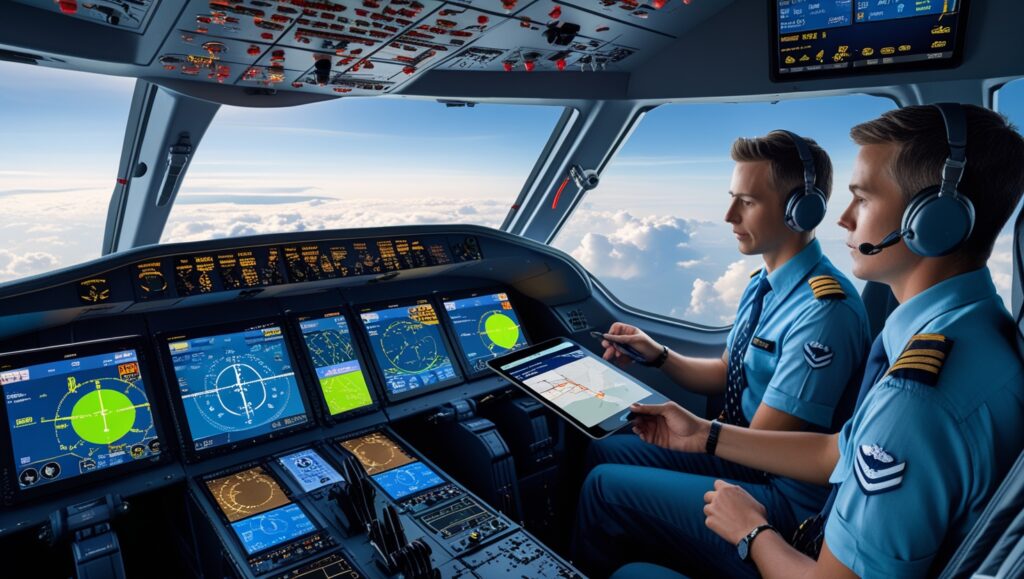
What automation does well—and where it bites
Where it shines
• Stability and precision: it’ll hold altitude, track headings, nail climb/descent rates, and fly smooth in IMC better than most of us on our best day.
• Workload reduction: it frees you to think ahead—ATC, weather, fuel, alternates.
• Efficiency: it flies the vertical profile you briefed and protects speeds even when distractions build.
• Autoland: in approved aircraft/airports with redundancy and minima, it’s an incredible safety tool.
Where it struggles
• Mode confusion: you thought you were in VNAV PATH, it reverted to LVL CHG; the FMA told you—but you weren’t looking at the right time.
• Garbage in, garbage out: wrong altimeter, mis-keyed waypoint, or a mis-set constraint produces a perfectly flown path to the wrong place.
• Edge cases: windshear, microbursts, severe icing, unreliable airspeed—judgment problems first, button problems second.
From my experience, the most common trap isn’t “bad automation,” it’s good automation quietly masking a deteriorating energy state until the last minute. If you want a crisp human-factors explainer of mode awareness and energy management that matches what we brief on the line, SKYbrary’s page on Mode Awareness & Energy State Management is spot on.
The pilot skills that still decide outcomes
1) Mode awareness and automation management
Know which modes are engaged, what they’re commanding now, and what they’ll do next. Verbalize selections, scan the FMA like it owes you money, and anticipate reversion logic. If the airplane isn’t doing what you expect, the immediate sequence is simple: click, click, fly. Disconnect, set known pitch–power, stabilize—then diagnose.
A habit I stole from a grizzled check airman: every mode change gets a quiet, rhythmic “armed—captured—tracking” call in my head. It sounds silly; it prevents 90% of surprises.
2) Manual flying proficiency (raw data, no magic)
Hand-fly on purpose. Trim correctly. Hold the pitch–power pairs for your type. Crews that practice raw-data ILS segments (or FD-off down to minima in the sim) never flinch when automation drops. In GA, that means one clean button push to disconnect and a practiced climb/level/approach flow you can fly with the PFD blanked. If you’re still choosing your training path or you need a modern primer on structuring ratings and budgets, this plain-English guide will save you time: How to Choose a Flight School in 2025: Part 61 vs 141.
3) Energy management and pitch–power discipline
Attitude + power = performance. Always reconcile the three. If speed decays, lower the nose and add thrust, then finesse vertical profile after you’re stable. On the line we used a laminated “numbers card” for each phase (e.g., clean 180 KIAS level, approach config on slope, go-around). It’s not glamorous; it’s what keeps you on the pleasant side of the power curve.
4) UPRT and unusual-attitude recovery
Make the UPRT sequence muscle memory: recognize, disconnect, push, roll, power, stabilize. Many operators inject UPRT into every sim cycle now. For GA pilots, a reputable UPRT school is worth its weight in saved startle responses. A mistake I see a lot of pilots make is trying to “save” an approach instead of saving the airplane—if you’re unstable at the gate, go around.
5) Systems literacy and time-critical troubleshooting
Know how your airplane behaves when sensors disagree—air data/IRS fallbacks, autoflight reversion, flight control law changes. The QRH is a tool, not a crutch; the goal is to fix the problem, not fight the airplane. When your confidence in the numbers drops, fall back to the numbers you own.
6) Weather strategy and turbulence tactics
Automation flies the plan; you make the plan. Reroute around convective weather with margin, manage mountain wave with speed and seat-belt discipline, and set turbulence tactics (penetration speed, anti-ice, autopilot engagement choices) deliberately.
7) CRM that actually works
Two brains beat one—when they’re talking. Clear callouts, challenge–response, and a psychologically safe cockpit where anyone can call “go-around.” Automation makes good crews great; it amplifies bad CRM.
Case study: the “unreliable airspeed” night that sharpened our SOPs
It was IMC at night on a long-haul, with a gentle band of icing and light chop. Passing FL240, the left-side airspeed trend went sour—first a flirt with amber, then a sudden split across sides. The airplane flew smoothly, but the numbers didn’t agree.
- Stabilize the picture. AP off, A/T off. I set known pitch–power for our weight/altitude (call it 4–5° nose up and the N1 we knew would hold green). The FO flew; I monitored.
- Cross-check and isolate. Standby agreed with the right side. We called it unreliable on the left, confirmed with AoA and trend logic.
- QRH flow and memory items. We ran the unreliable airspeed checklist from memory to the printed steps, selected alternate air data where appropriate, and maintained the known targets. No chasing needles.
- Energy over glamour. We requested a block altitude to tidy up, then briefed a raw-data approach with higher minima and a long, stable final.
- Debrief and data. FOQA later showed variations inside 2–3 knots/100 fpm through the recovery. We updated our numbers card for that tail’s weight/thrust bias and pushed the lesson into the next sim block.
That flight never made a headline because it was uneventful—the best kind of story. But it sharpened our SOP: when your confidence in the numbers drops, fly the numbers you own. If you like turning real events into practical sim scenarios, we collect hands-on playbooks and walkthroughs here: Simulator Technology.
Training that keeps skills sharp
Hand-fly on purpose. Pick benign segments to disconnect: initial climb to 3,000’, level-off drills, last 1,000’ on an ILS with raw data. One flies, one monitors.
Scenario-based sims. Rotate high-value reps: hidden altitude constraints, VNAV reversion, unreliable airspeed, tailwind energy traps, UPRT nose-high/low. Treat them like line flights: full brief, full debrief, data pull.
Fly the numbers. Build (and memorize) a pitch–power “cheat sheet” for your type. If the PFD goes Christmas-tree, you can still fly a stable airplane.
SOPs for automation. Codify when to engage/disengage, who sets/arms, and the standard callouts for FMA changes. The more standardized the crew, the fewer gremlins.
Debrief with data. If you’ve got FOQA or exportable GA logs, use them. Replay unstable approaches or abrupt AP disconnects to find the real training gap—not the one your memory prefers. NASA’s Aviation Safety Reporting System is a goldmine for vignettes that mirror what we see on line operations.
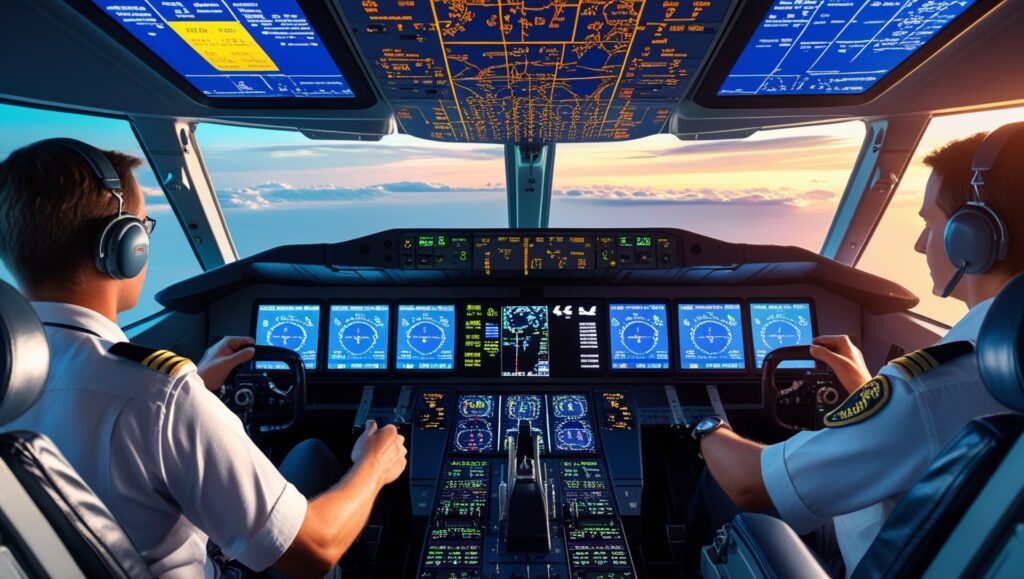
GA vs. airliners: different workloads, same fundamentals
GA (G1000/Dynon/Avidyne): single-pilot workload is the tax. Brief modes out loud even when you’re alone, and be ruthless about aviate–navigate–communicate. A tidy panel and a tidy brain are the same thing in different uniforms.
121/135/91K: two-pilot CRM and SOPs are a gift—until they become a crutch. The antidote to skill fade is structured hand-flying and sim scenarios that mimic your routes, your terrain, your MEL reality. If you’re building a career plan around these skills (ratings, sim prep, interview stories), this page bundles what you need: Pilot Career Advice — Safety First: Why Pilot–Cabin Crew Teamwork Matters More Than Ever.
Practical micro-checklists you can use tomorrow
10-second automation audit
• What mode am I in now?
• What will it do next (ALT* capture, VNAV PATH, SPEED)?
• If I can’t fix it in two presses, I’m hand-flying.
Stabilized approach gate (1,000 AGL IMC / 500 VMC)
• On speed, on path, power set, checklist complete, minor corrections only.
• If not—go around. Automation is not a reason to salvage a bad approach.
Energy cross-check (every 30–60 seconds)
• Attitude vs power vs performance. If the picture lies, set known numbers and re-stabilize.
